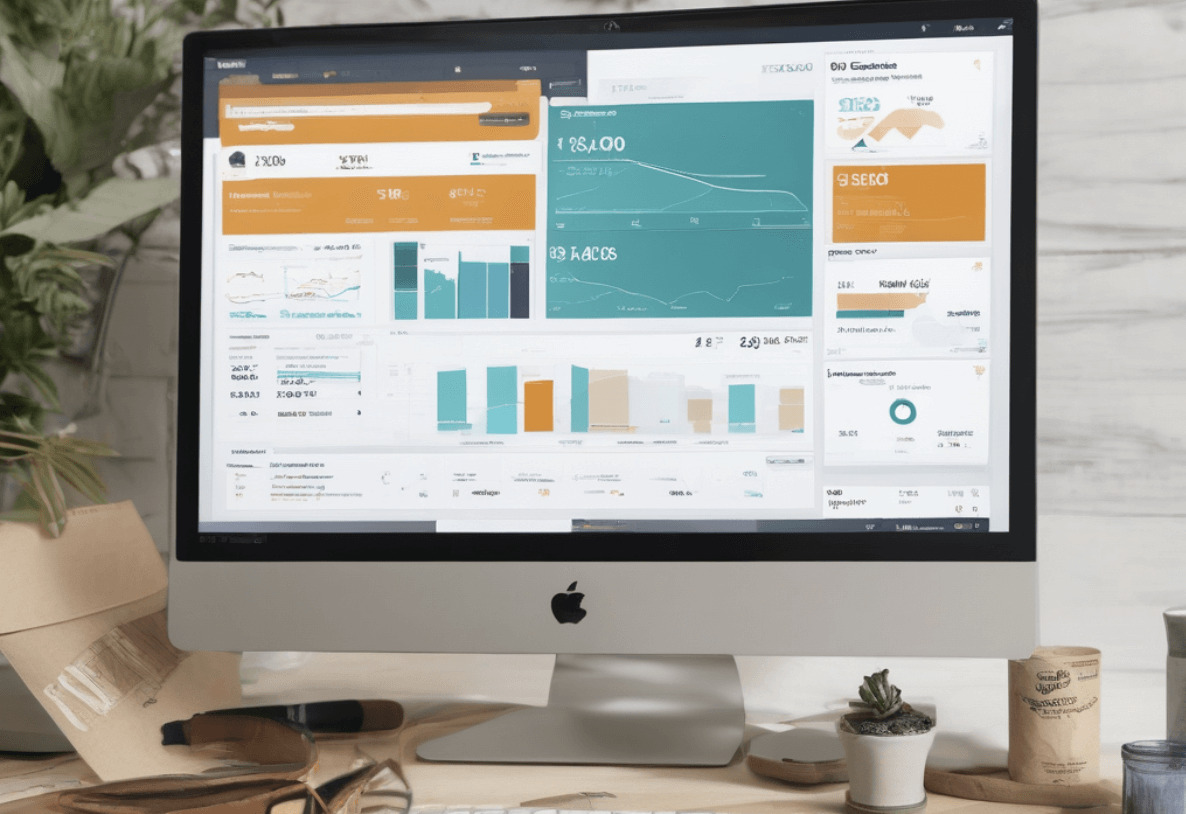By: Katie Melissa | January 15, 2024
January 15, 2024
As the Amazon marketplace continues to grow in 2024, leveraging Pay-Per-Click (PPC) advertising effectively has become a crucial aspect of a successful selling strategy. However, navigating the complexities of Amazon PPC can be challenging, and mistakes are common, especially for new sellers or those unfamiliar with the platform’s nuances. This guide highlights the most common Amazon PPC mistakes and offers strategies to avoid them, helping sellers optimize their campaigns for maximum ROI.
Understanding Amazon PPC
Amazon PPC is an advertising model where sellers pay a fee to Amazon every time a shopper clicks on their ad. These ads can appear in Amazon search results or on product detail pages, driving visibility and sales for products.
Common Amazon PPC Mistakes and How to Avoid Them
1. Not Defining Clear Goals
Mistake: Launching campaigns without specific objectives.
Solution: Define clear, measurable goals for each campaign, whether it’s increasing brand awareness, launching new products, or driving sales for existing products.
2. Ignoring Keyword Research
Mistake: Using irrelevant or overly broad keywords.
Solution: Conduct thorough keyword research using tools like Amazon Keyword Planner. Focus on relevant, high-converting keywords and consider long-tail keywords for more specific targeting.
3. Neglecting Negative Keywords
Mistake: Failing to use negative keywords to filter out unwanted traffic.
Solution: Regularly update your negative keyword list to prevent your ads from showing up in irrelevant searches, thus saving your ad budget.
4. Overlooking Campaign Structure
Mistake: Poorly organized campaign structure leading to inefficient ad spend.
Solution: Structure your campaigns logically, grouping similar products or keywords. This makes it easier to manage and optimize campaigns.
5. Setting and Forgetting Bids and Budgets
Mistake: Not adjusting bids and budgets based on performance.
Solution: Regularly review and adjust your bids and budgets. Use Amazon’s automated bidding strategies or third-party tools to optimize bid amounts.
6. Underestimating the Importance of Product Listings
Mistake: Driving traffic to poor-quality product listings.
Solution: Ensure your product listings are optimized with high-quality images, detailed descriptions, and relevant keywords before driving traffic through PPC.
7. Failing to Use Data for Decision Making
Mistake: Making decisions without analyzing campaign data.
Solution: Regularly review campaign analytics to understand performance. Use data-driven insights to refine your PPC strategy.
8. Ignoring ACoS (Advertising Cost of Sale)
Mistake: Not paying attention to ACoS to determine the profitability of campaigns.
Solution: Monitor and aim to optimize your ACoS. Understand the breakeven ACoS for your products and adjust your campaigns to maintain profitability.
9. Disregarding Seasonal Trends
Mistake: Not adjusting campaigns for seasonal fluctuations in demand.
Solution: Plan and adjust your PPC campaigns to align with seasonal trends, holidays, and events relevant to your product categories.
10. Lack of Competitive Analysis
Mistake: Ignoring competitors’ strategies and pricing.
Solution: Regularly analyze your competitors’ tactics, pricing, and keywords. Adapt your strategy to stay competitive.
Best Practices for Amazon PPC Management
Continuous Learning: Stay updated with Amazon’s evolving advertising features and best practices.
Test and Optimize: Continuously test different aspects of your campaigns, from keywords to ad copy, and optimize based on performance.
Professional Help: Consider hiring a PPC expert or using professional tools if you lack the time or expertise to manage campaigns effectively.
The Future of Amazon PPC
Expect advancements in AI and machine learning, offering more sophisticated tools for campaign optimization. Personalization and enhanced targeting capabilities will likely play a more significant role in future Amazon PPC strategies.

FAQs
Q: How much should I spend on Amazon PPC?
A: Your PPC budget should be based on your advertising goals, product margins, and competitive landscape. Start with a moderate budget and adjust based on campaign performance.
Q: How long does it take to see results from Amazon PPC?
A: Results can vary, but it typically takes a few weeks to gather enough data to evaluate a campaign’s effectiveness and make informed adjustments.
Q: Can I run Amazon PPC campaigns for a brand-new product?
A: Yes, PPC campaigns can be particularly effective for launching new products by increasing their visibility and accelerating sales velocity.
Q: Should I use automatic or manual campaigns?
A: Both have their advantages. Automatic campaigns are good for discovering new keywords, while manual campaigns offer more control over keyword targeting. Using a combination of both is often the best approach.
In conclusion, while Amazon PPC can be a powerful tool for driving sales and visibility on the platform, it is fraught with potential pitfalls. By understanding and avoiding common mistakes, continuously optimizing your campaigns, and staying informed about the latest trends and best practices, you can harness the full potential of Amazon PPC. Whether you’re a seasoned seller or just starting out, a strategic approach to Amazon PPC can lead to significant improvements in your Amazon selling performance.
